After La Paz we were heading for Bolivia’s capital, Sucre. It was here that Bolivia declared its independence from Spain and the other Spanish colonies in 1825. The very place where it proclaimed used to be a church, was later turned into a university and is now a museum known as “Casa de la libertad” – house of liberty. Although it was very interesting and considered to be one of the top sights, the “English tour” consisted of a tablet with a badly implemented app, leaving more questions than it provided answers.

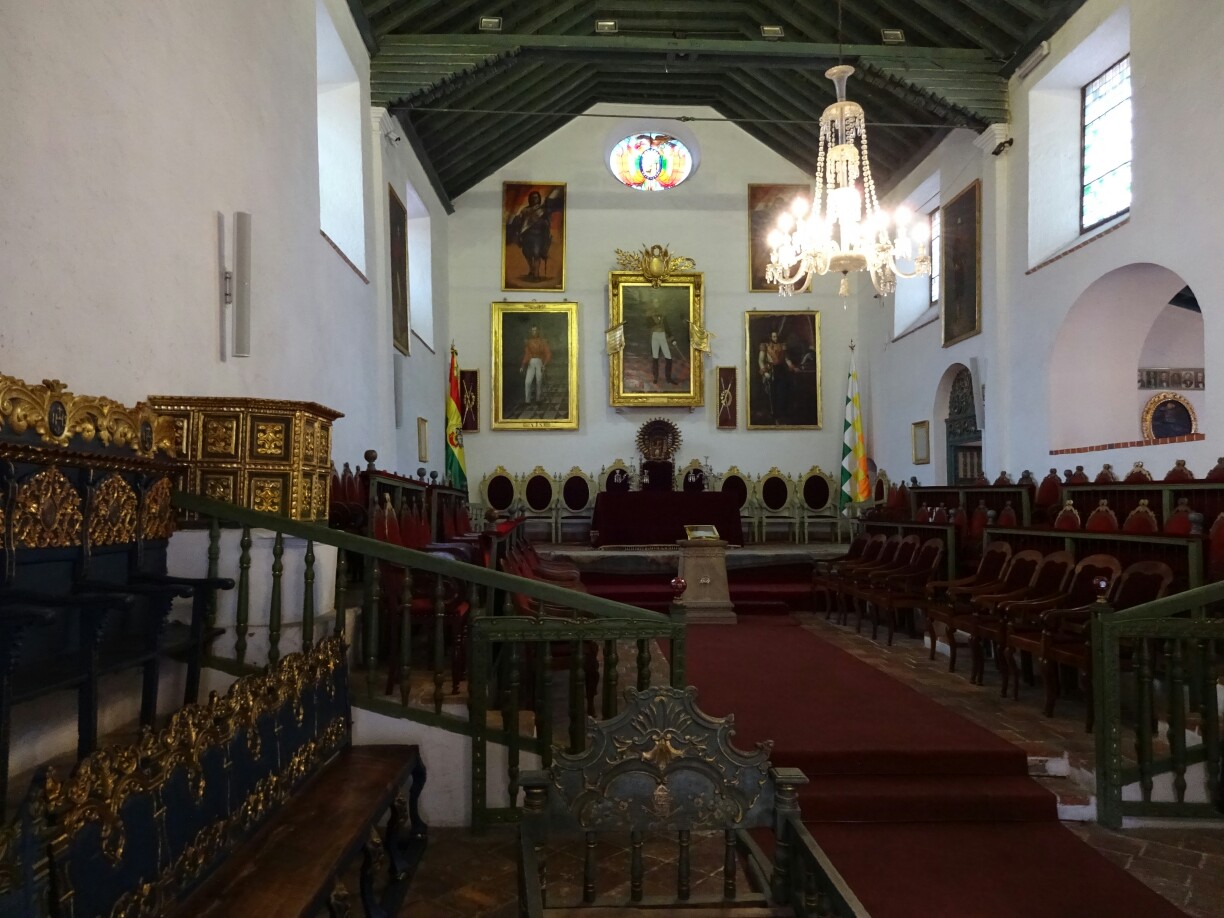
In the evening we tried out one of the free Salsa classes, which I had been wanting to visit for a long time. I have danced Salsa before, but that was a long time ago, so it was good to review the basic steps. However, we didn’t stay very long, as the location was a little bit odd, being in a courtyard full of junk, with Salsa music coming from one speaker and different music coming from another one in the bar next door. Additionally, I was the only guy, which meant that half the girls had to dance as the guy.

The next day we decided to visit the “Parque Cretacico”, a dinosaur park on the outskirts of Sucre. It is located on the grounds of a cement factory and was opened about 20 years ago, when they accidentally found a large area with fossilized dinosaur footprints. The factory had been extracting limestone from the ground and had stopped the extraction one layer before the footprints were visible. Wind and rain eroded that last layer and revealed the world’s largest area of dinosaur footprints.
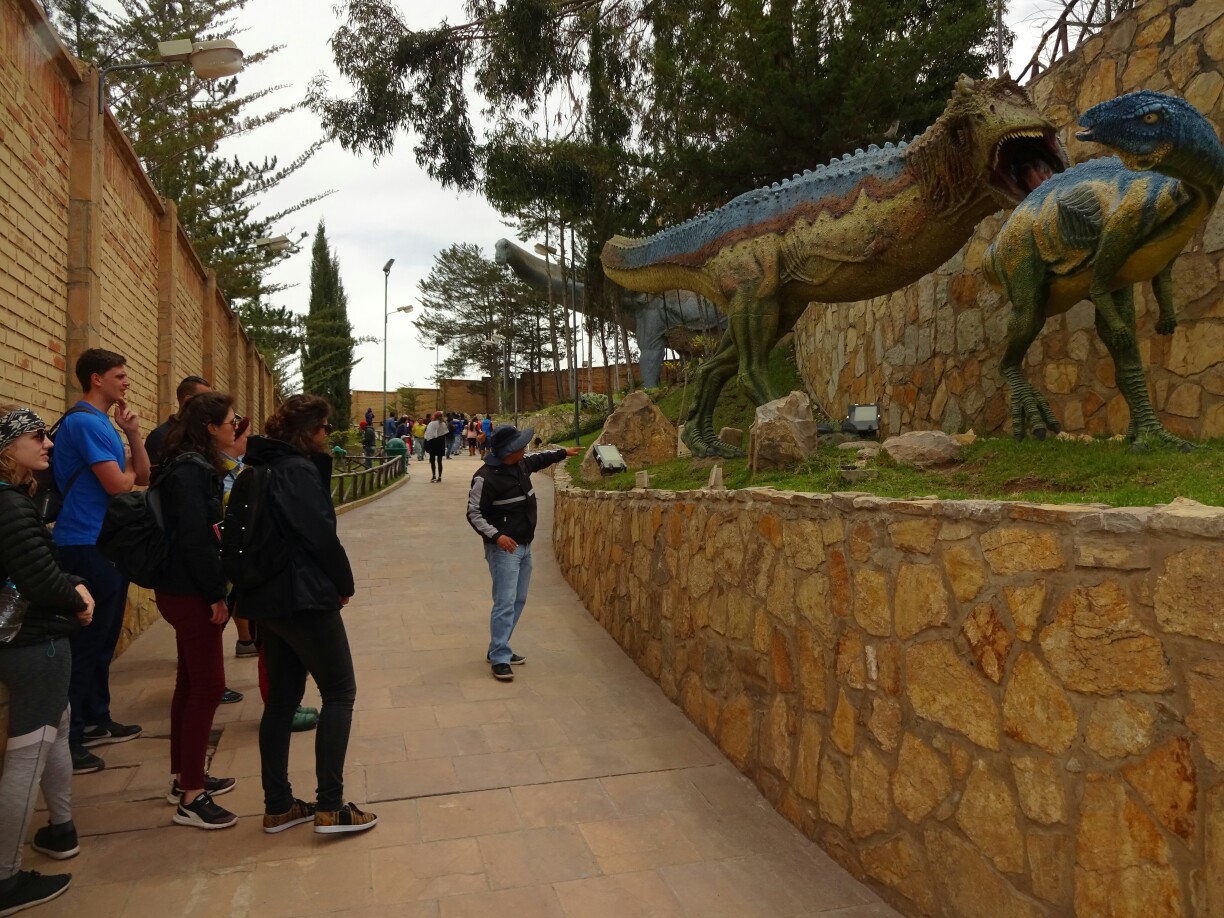
This part of South America used to be covered by a big salt lake, after the continental uplift had cut off the connection to the Pacific Ocean. Over time the lake slowly dried out. Just before the ground was dry, dozens of dinosaurs had walked across the area, leaving their footprints in the mud. They were quickly covered with sediments and thus fossilized and were preserved.


We took one of the free guided tours down into the quarry to get a closer view of the footprints. It was really amazing and felt a little bit like they had been here just yesterday. However, the noise of bulldozers and large trucks quickly brought us back to reality, as they are still working in the quarry. This is also the reason why the park hasn’t been declared a UNESCO world heritage site yet and probably won’t be in the near future even though the application is ongoing.
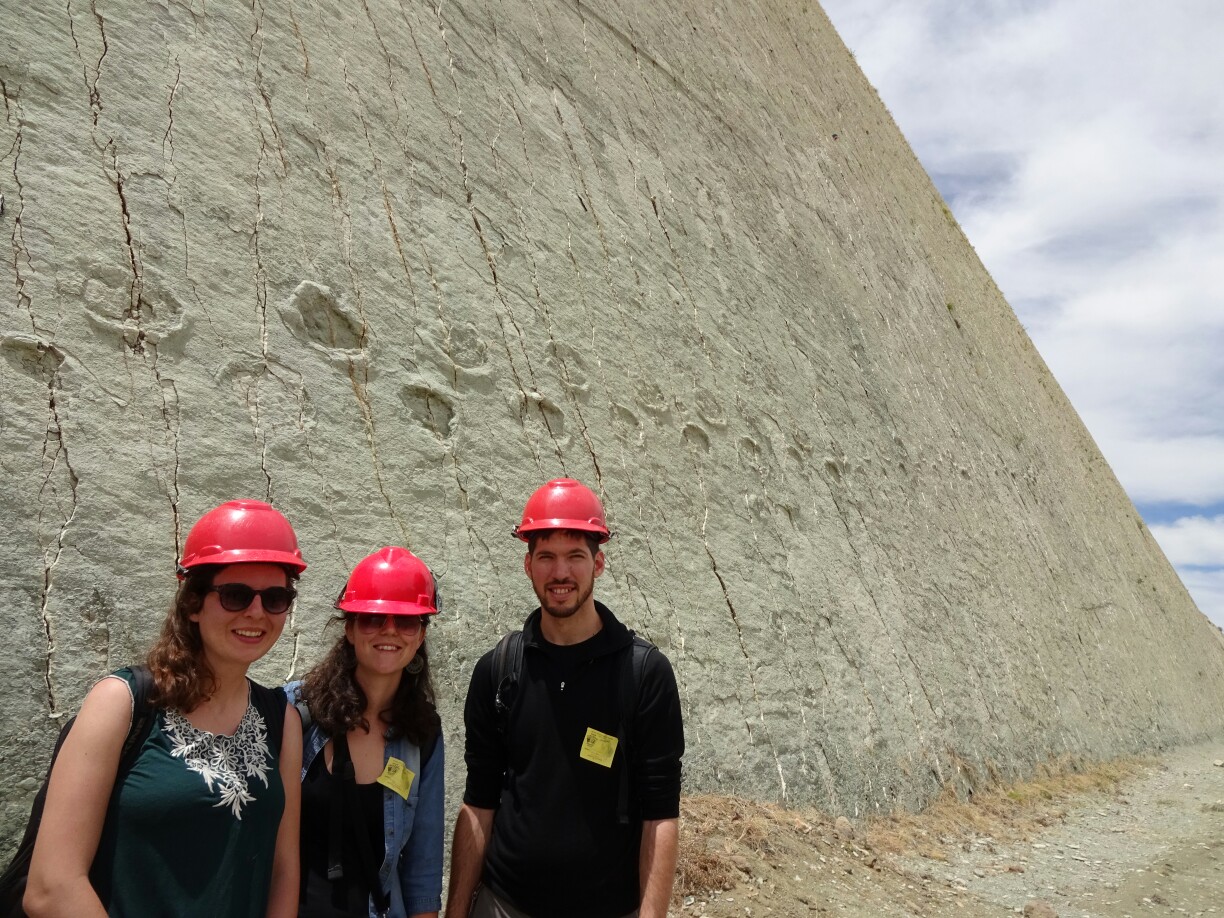
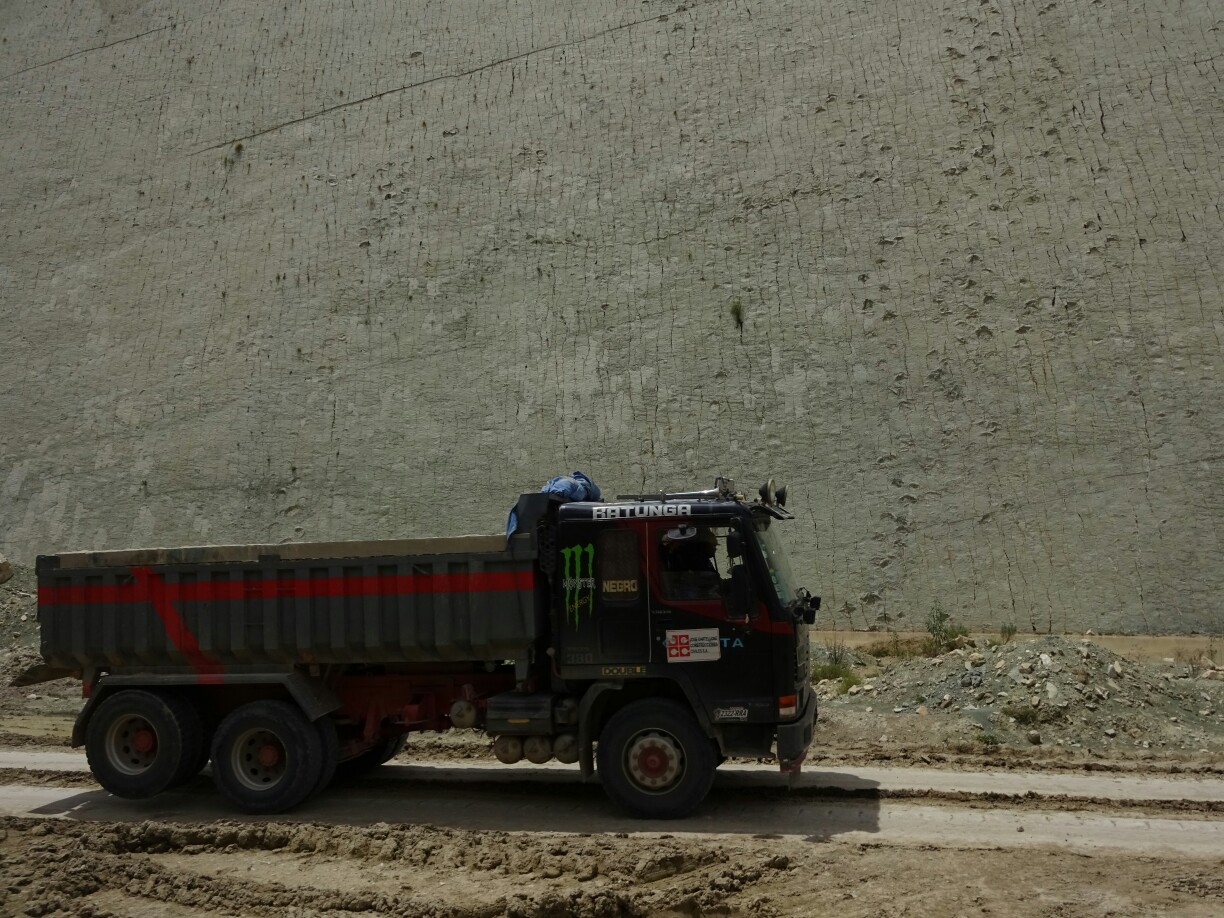
On our last day in Sucre we decided to go to Tarabuco, a small town which is known for its traditional markets. It has a market for livestock, which was very quiet and looked more like a few people meeting up on a fenceless pasture than the loud and bustling market that we had imagined. The textile market was full of the typical tourist souvenir booths and didn’t look like locals were buying anything here.

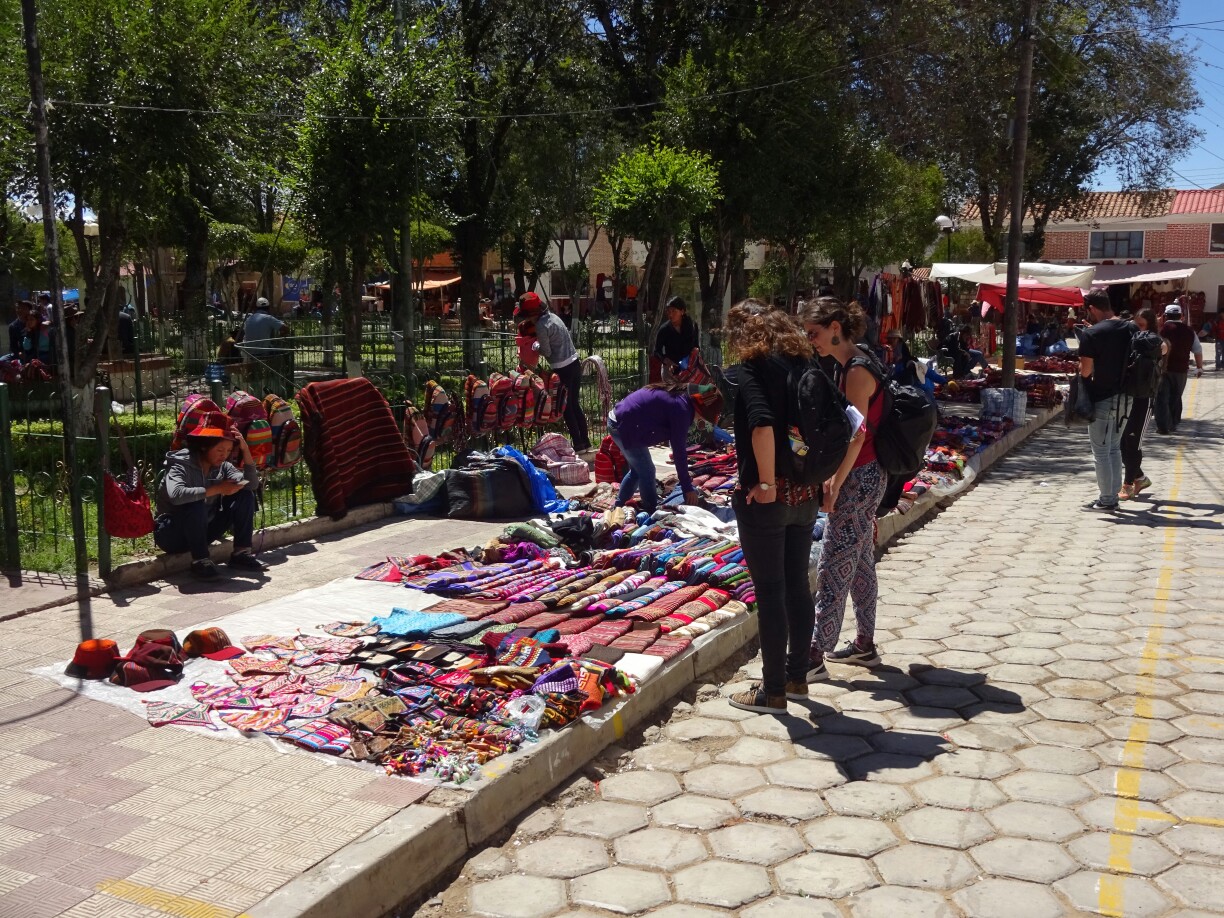
Only the vegetable market was busy with people selling their produce and buying their weekly supplies of fresh fruits and vegetables. However, we didn’t see anyone trading goods for goods like we were told before. Everybody seemed to be using money to pay for the purchases. And after two hours on the markets we were quite happy to sit back and enjoy a presentation of traditional dances in a nice but overpriced restaurant.
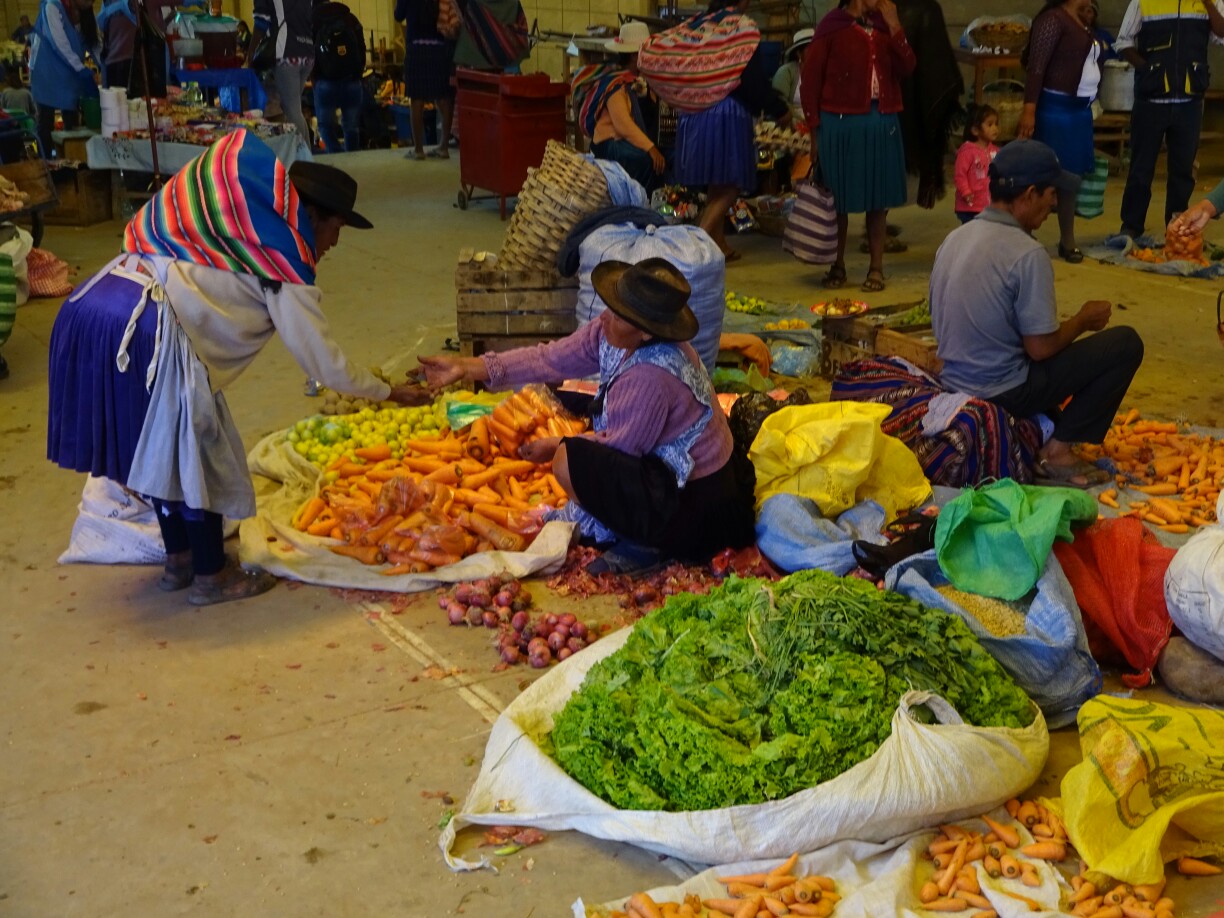

Back in Sucre we had a few more hours before our bus to Potosi was leaving. While Krissi decided to update her diary, Dani and I decided to visit the main cemetery. This proved to be way more interesting and authentic than the markets, as it was a Sunday and the cemetery was full of locals. They seemed to be on family excursions to replace the flowers and the small bottles of soda or alcohol, which are left at the graves for a refreshment of the deceased.


